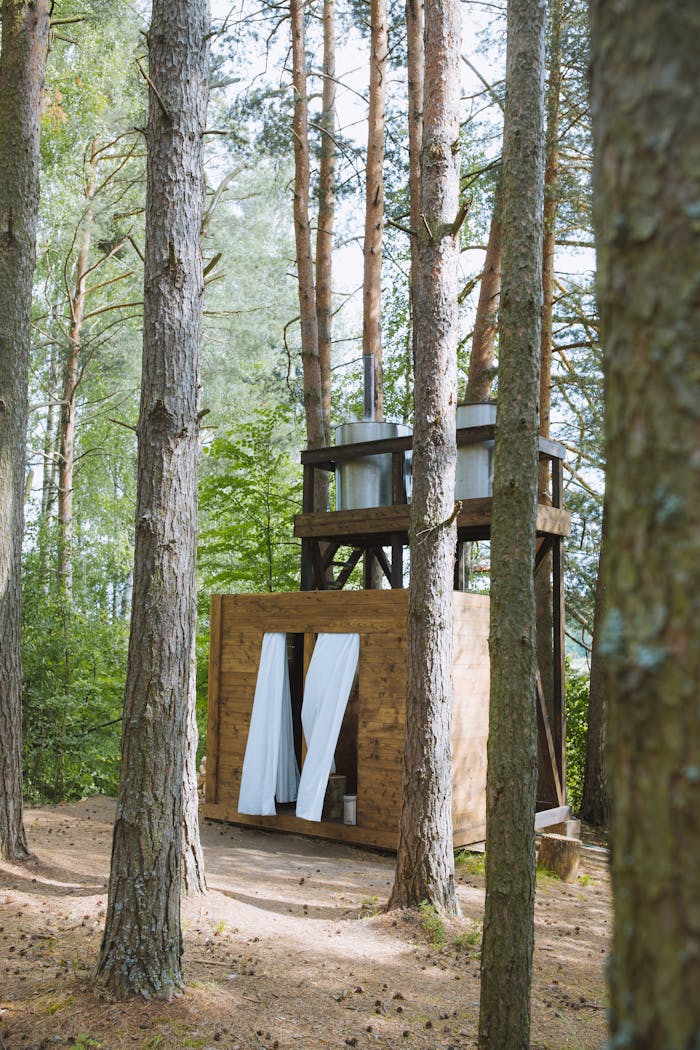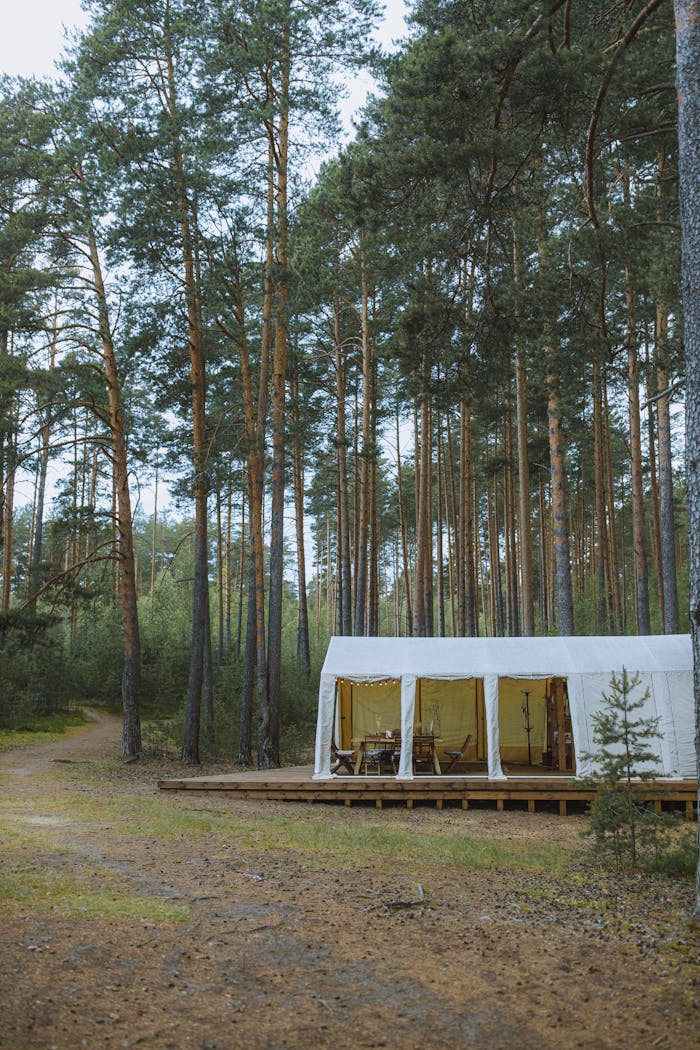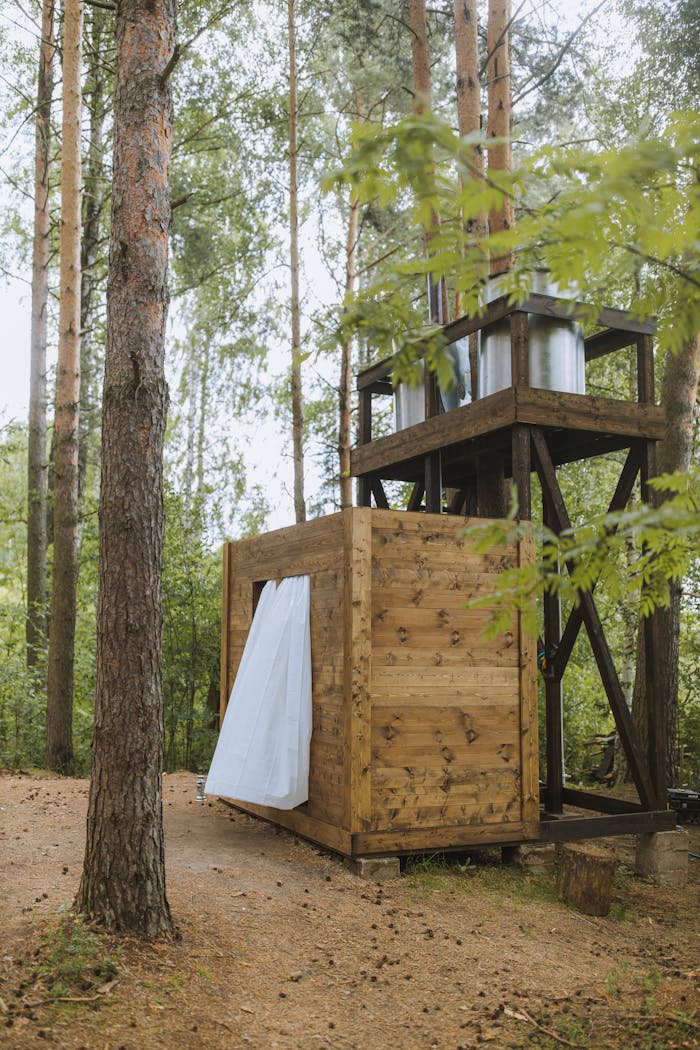People really do this
Living off the grid involves achieving a high level of self-sufficiency while avoiding dependence on public services such as electricity, water, gas, sewage systems, or municipal water supply. Instead, individuals who choose this sustainable lifestyle utilize alternative energy sources like solar panels or wind turbines and implement various innovative techniques to effectively manage their own water resources and waste products.
Challenges lie ahead
Living off the grid entails a dedicated commitment to independently obtaining all the essentials necessary for survival and well-being: food, shelter, energy, and most crucially, water. While this lifestyle can be incredibly empowering and fulfilling—until something unexpectedly goes awry. For instance, imagine yourself enjoying a warm shower after a chilly January day when suddenly the water pump ceases to function entirely, leaving you in the cold darkness with a head full of shampoo and some tools in hand to address the frustrating issue at hand.
Total satisfaction
Many of the advantages of transitioning to an off-grid lifestyle are widely recognized and fairly evident: significantly reduced or eliminated utility bills, a much smaller environmental footprint, and a heightened sense of self-sufficiency.
What people don’t anticipate is how taking charge of the fundamental needs provide a fresh perspective and deeper appreciation for the various systems at play. When you have complete insight into how water flows to your faucets and electricity powers your outlets, it prompts you to reflect on all the other invisible systems surrounding us.



